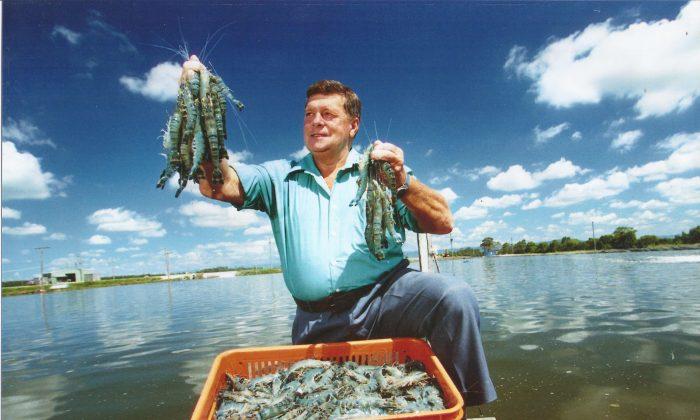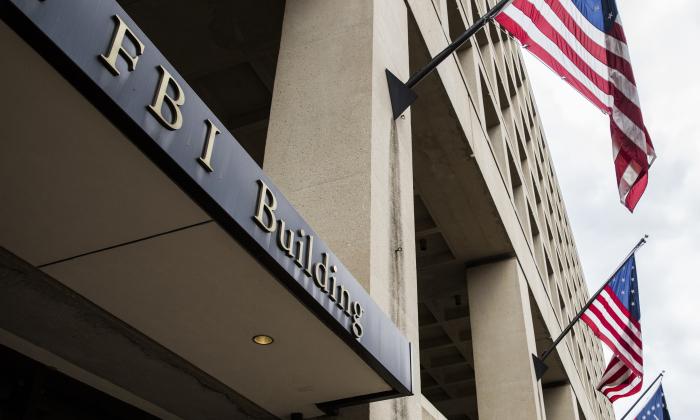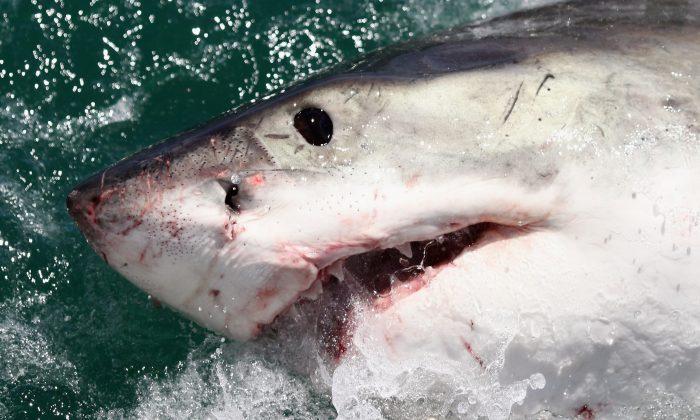Australian prawn farmers, who lost entire crops to a white spot outbreak, are furious at the country’s federal government for continuing to allow infected product to be imported under the China-Australia Free Trade Agreement.
The aquaculture industry is estimated to have suffered $23.5 million (US$16.35 million) in lost revenue since prawn farms shut down their operations after cases of white spot were discovered in 2016. White spot is not dangerous to humans but can be deadly for prawn farms, ruining entire crops.
The disease has been traced back to supermarket shelves, where raw prawns imported from places like China carry white spot and enter the waterways as either fishing bait or discarded shells.
Nearly three years on the Australian government is still doing an import risk assessment on foreign prawns. Farmers claim authorities could have prevented, or at least minimised damage, if industry warnings were acted on more promptly. There have been no prosecutions for the outbreak so far.
Despite losing their entire crop, some agribusinesses have invested as much as A$600,000 ($426,408) each in high-tech ozone filtration systems to remove the 100 organisms, which are known to carry the virus from dams and waterways like the Logan River in Queensland, between Brisbane and the Gold Coast.
However, other prawn farmers dare not risk restarting production due to the risk of another outbreak. Paradise Prawn Farm believes white spot is already rampant in the environment, and even filtration is not a permanent solution.
“It’s too big a gamble, we’re still unsure of it. The experts say you could get one year, two years or three years out of [filtration],” Paradise Prawn Farm Director Ian Rossman told News Limited.
The Australian Prawn Farmers Association (APFA) revealed the Biosecurity Australia arm of the Department of Agriculture, Fisheries and Forestry knew back in 2006 that 87.5 percent of 16 batches of imported prawns had tested positive for white spot.
Many prawn farmers have been forced to rely on income from their unaffected farms in North Queensland.
“We have constantly tried to effect positive change within government policy as no agricultural industry should be subjected to the poor oversight as we have seen applied to the importation of prawns,” Hooper said. “The biosecurity risk level is not low, and Australia should not be importing raw product from white spot infected countries until the Appropriate Level of Protection is achieved.”
APFA suggested a number of ways the general public can help reduce the impact of white spot.
“We urge the community to get behind the Australian prawn farming industry and the Australian seafood industry by asking where your seafood is from and buying local,“ Hooper said. ”Whether you are buying from the shops or sitting down to a meal, consumers and diners deserve to know the origin of their seafood choice, and know they are supporting Australian prawn farmers and the Australian seafood industry and their families.”





